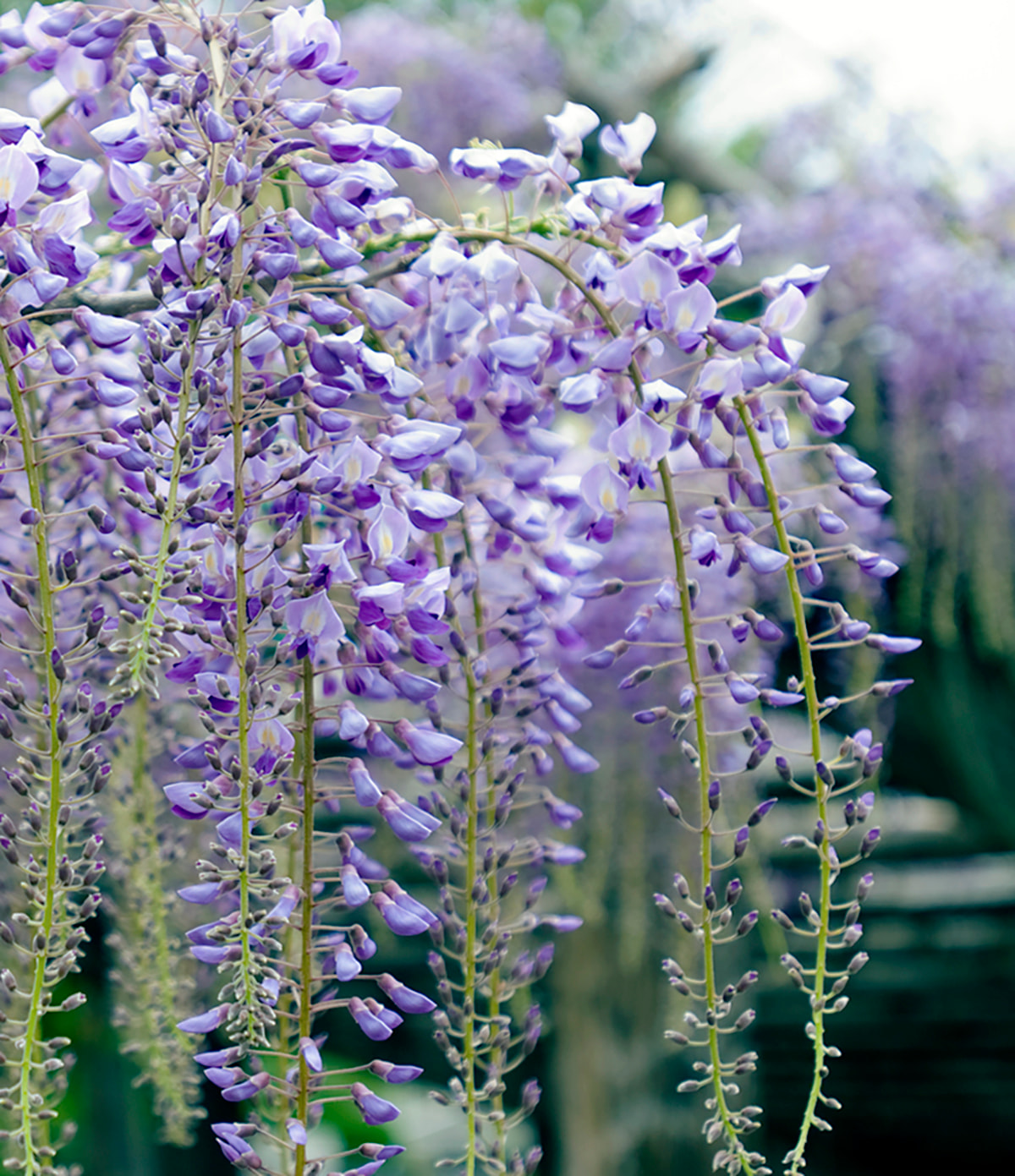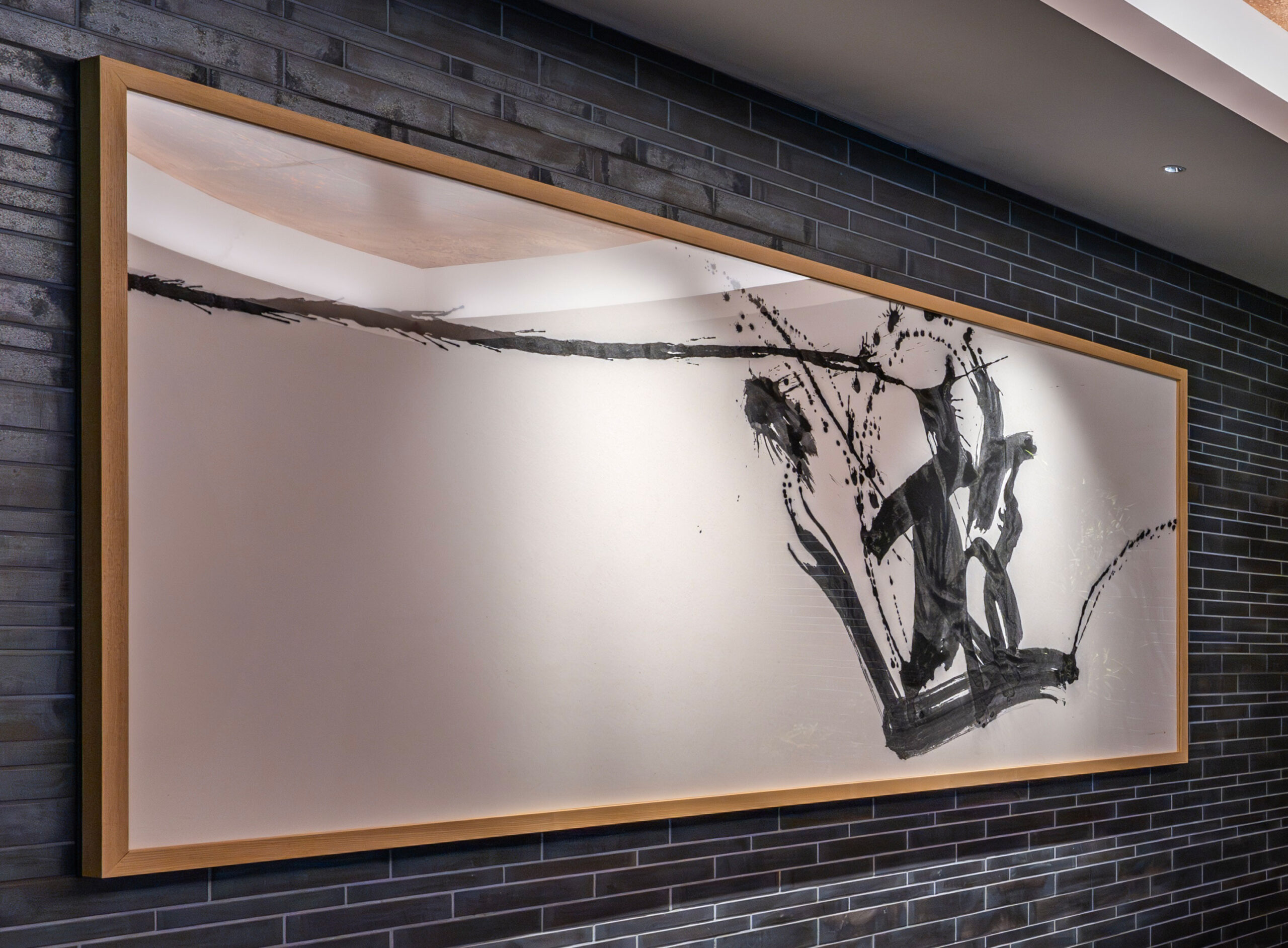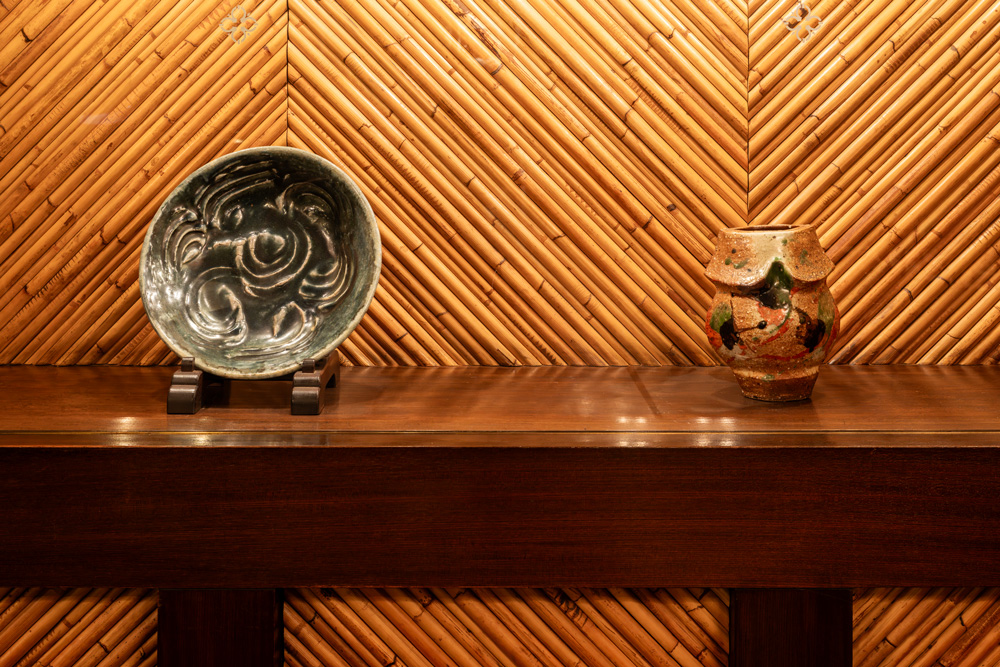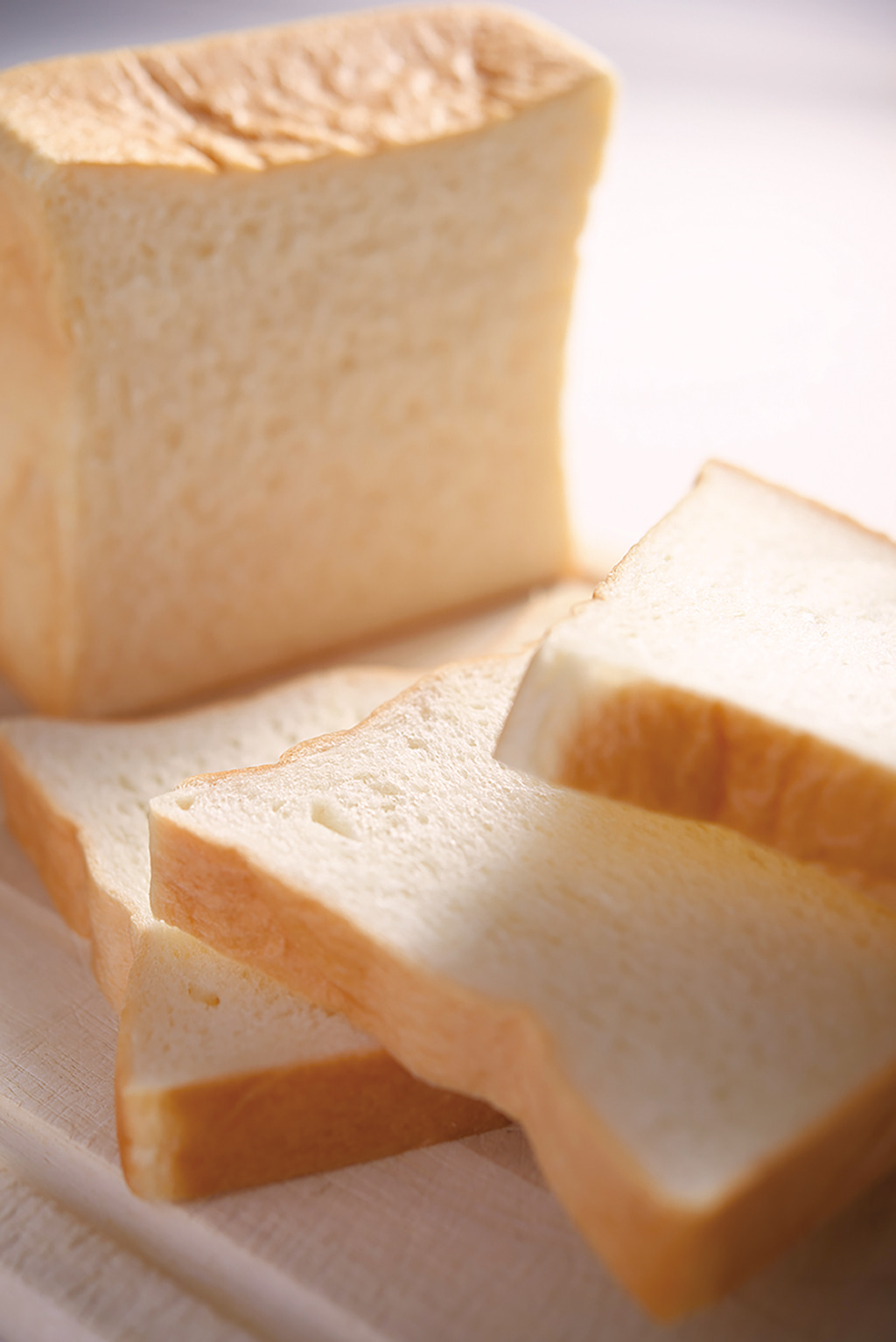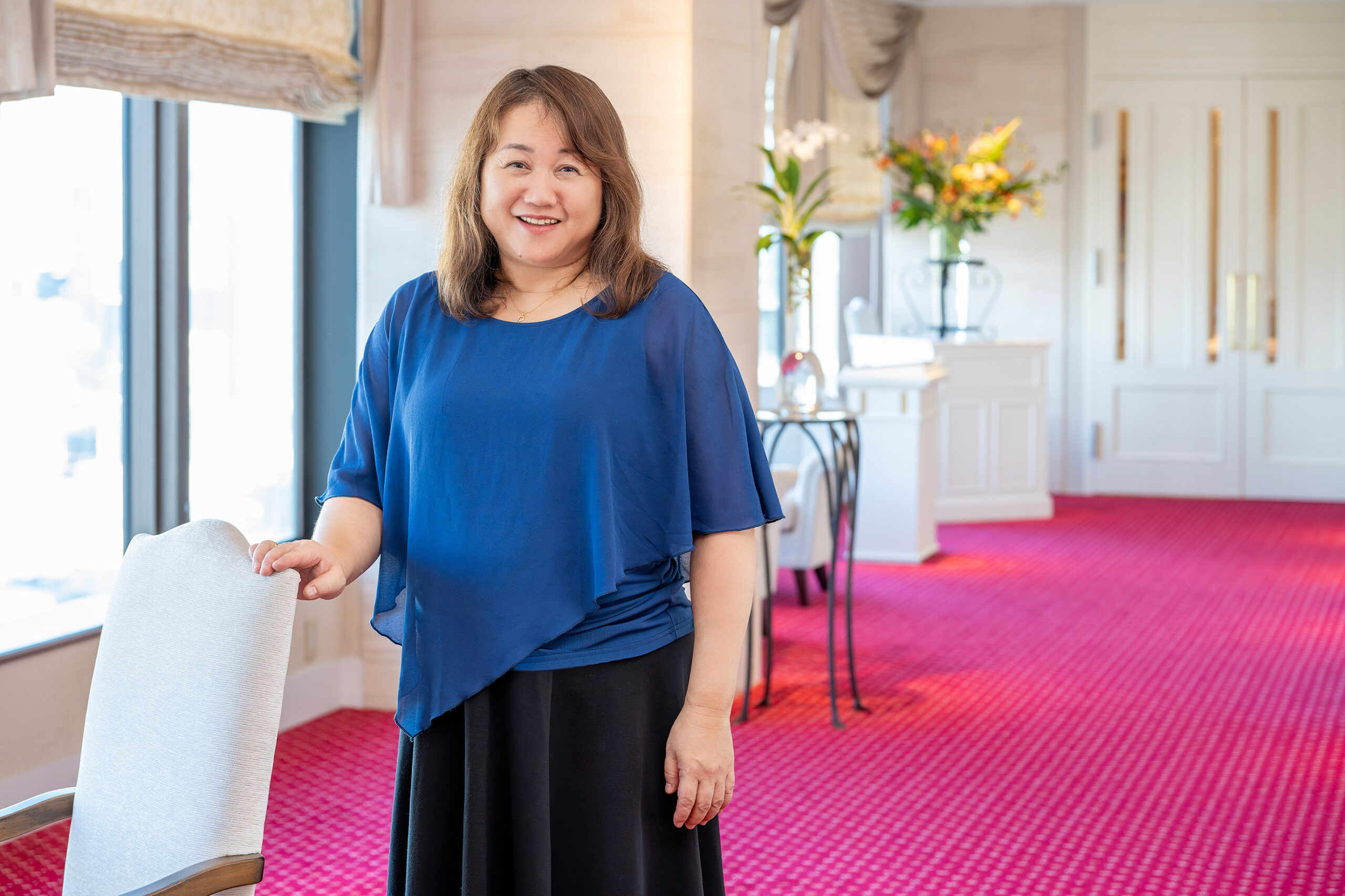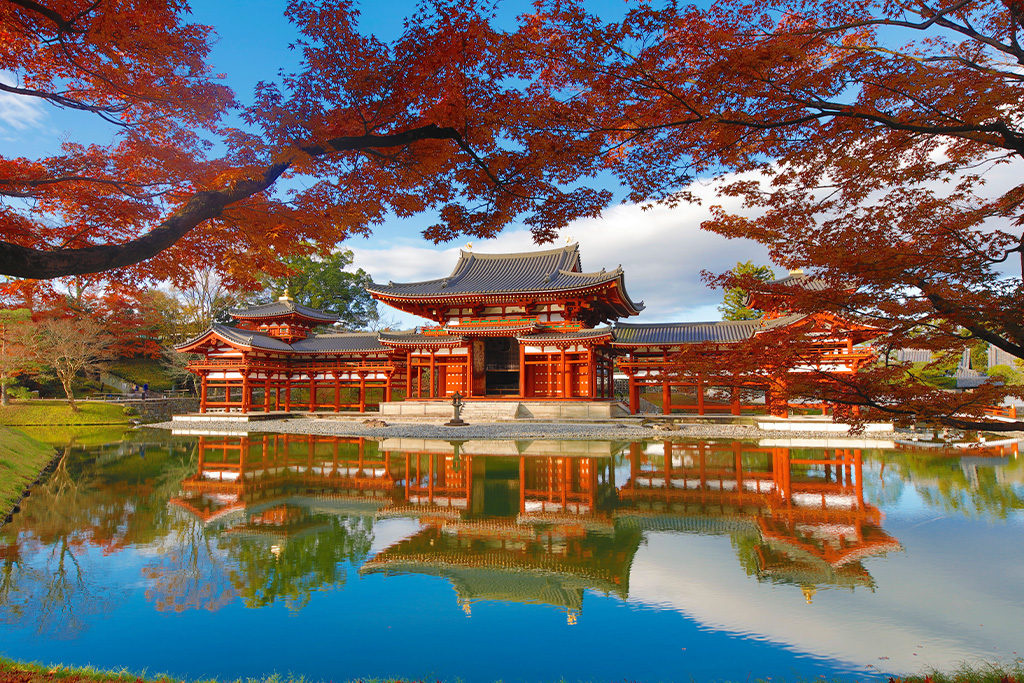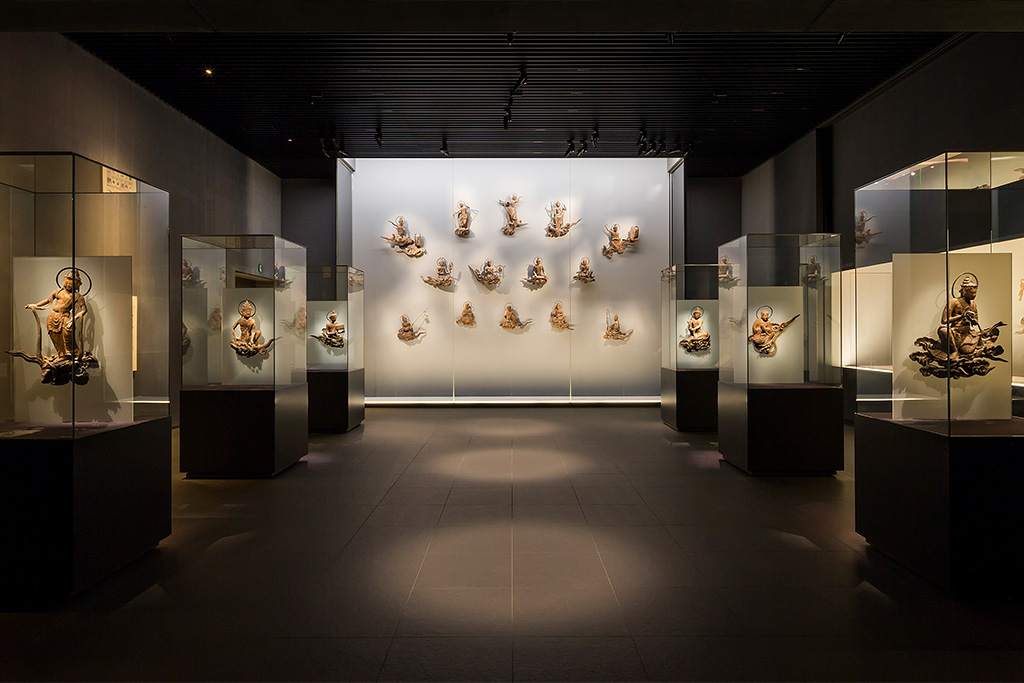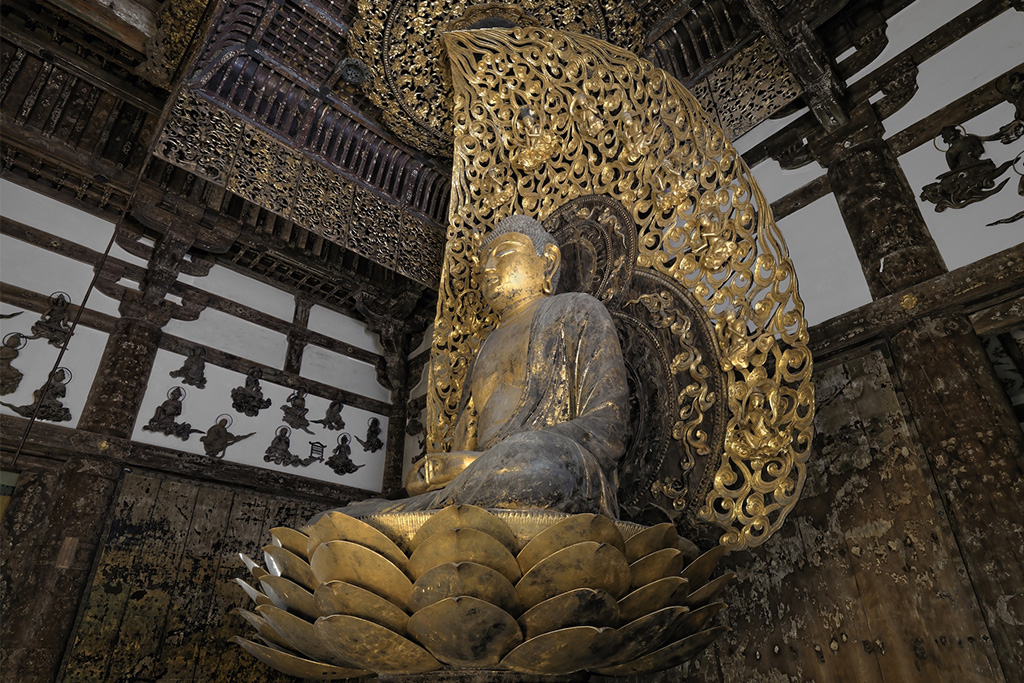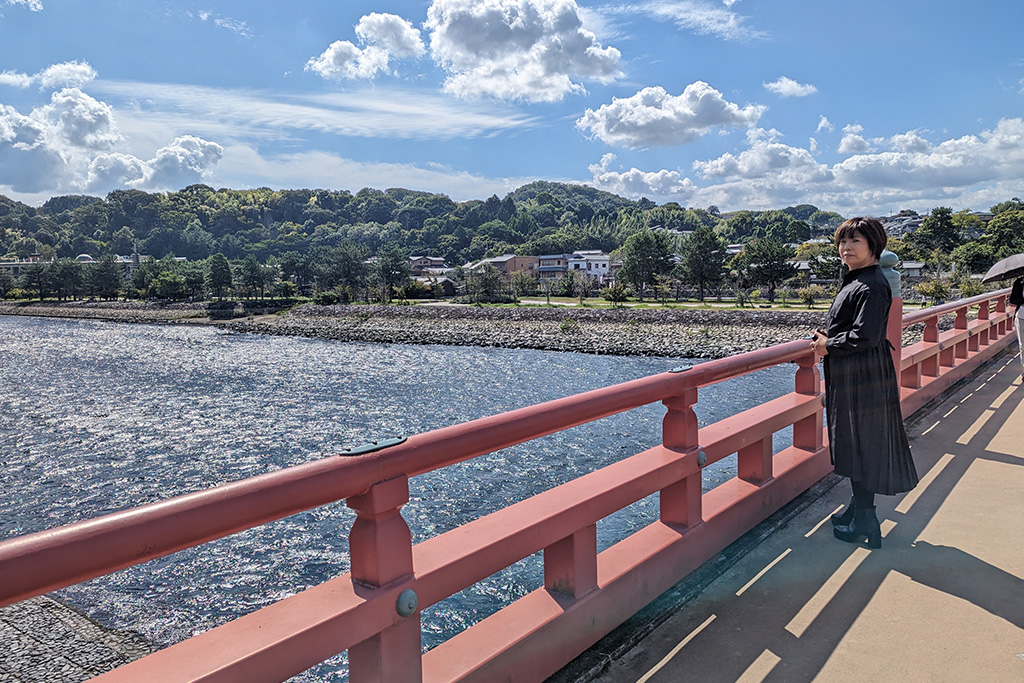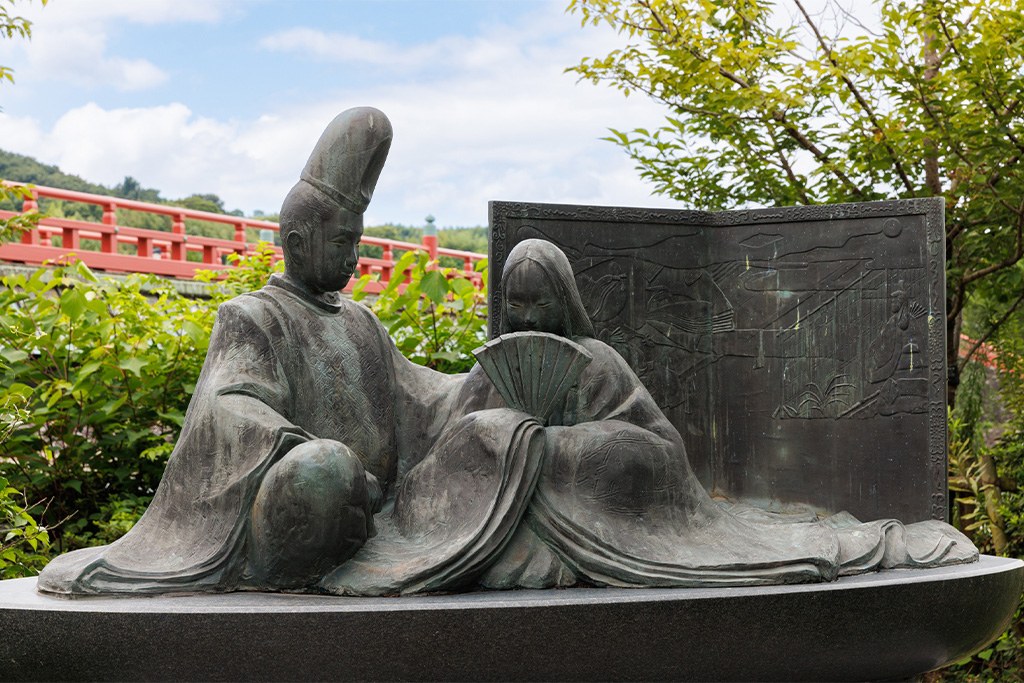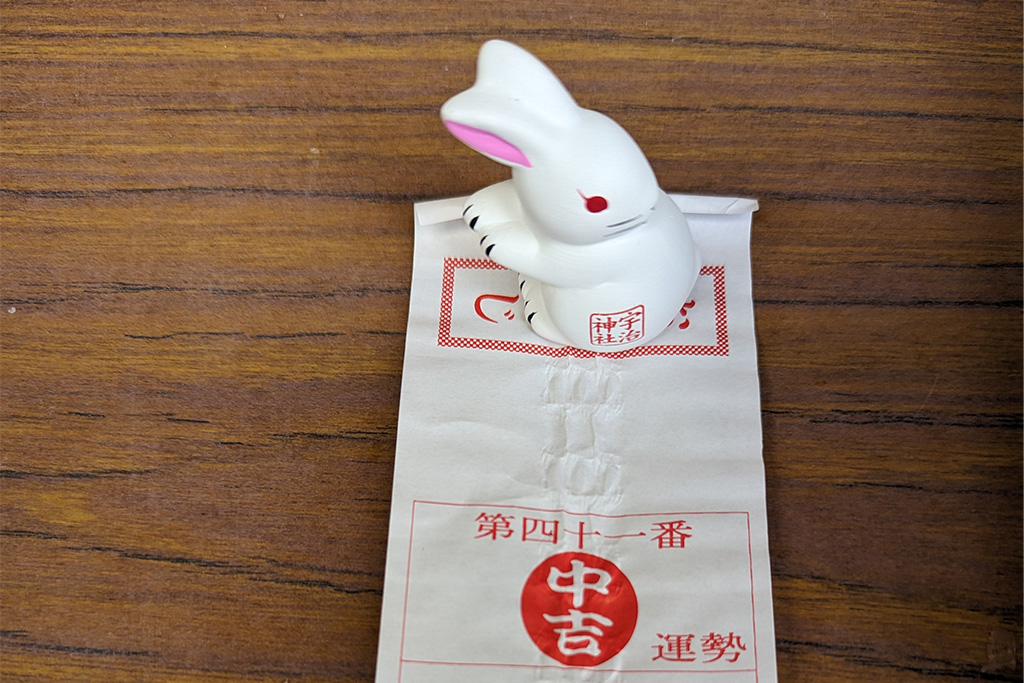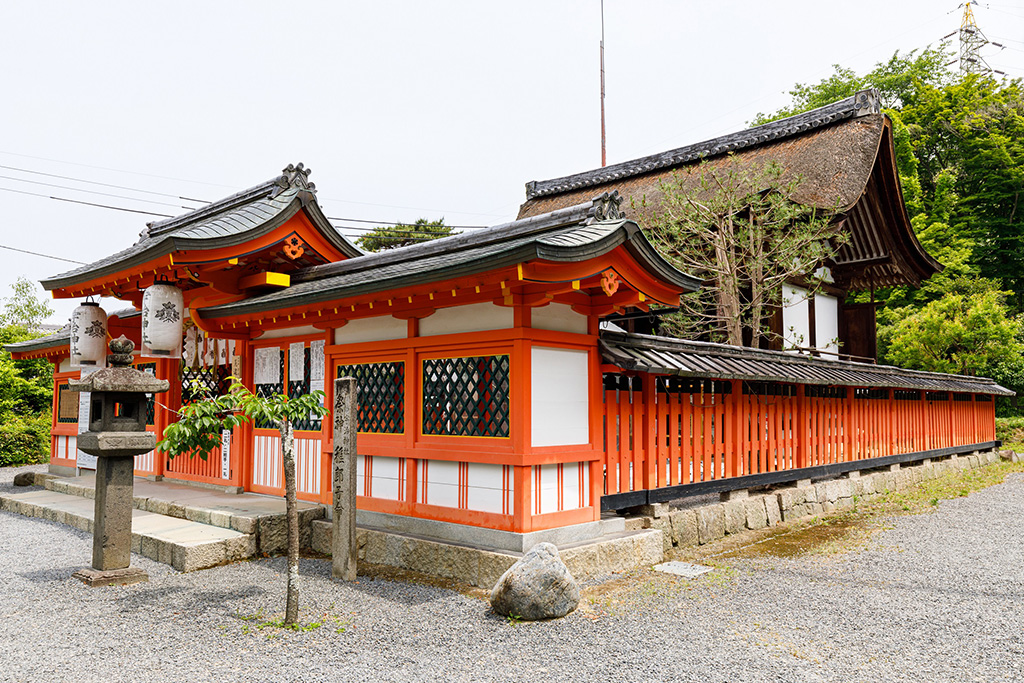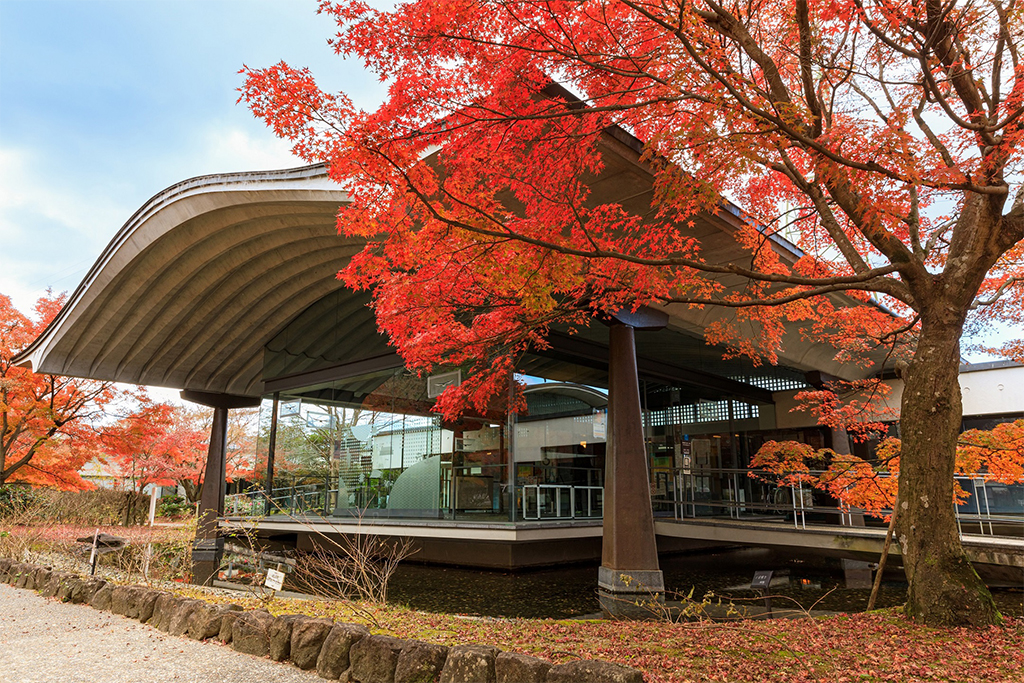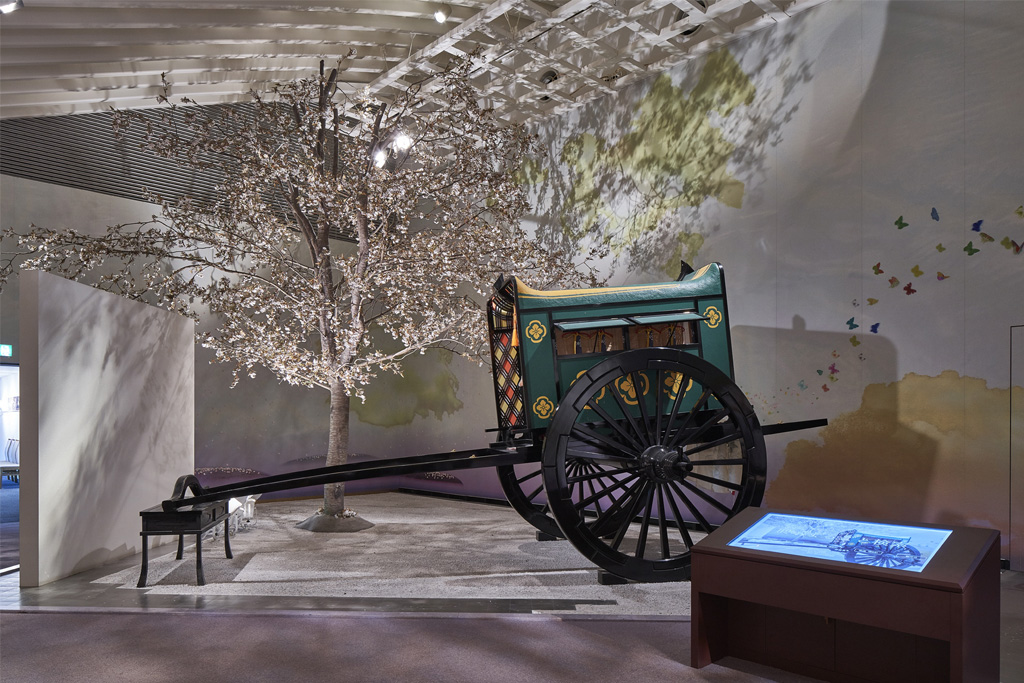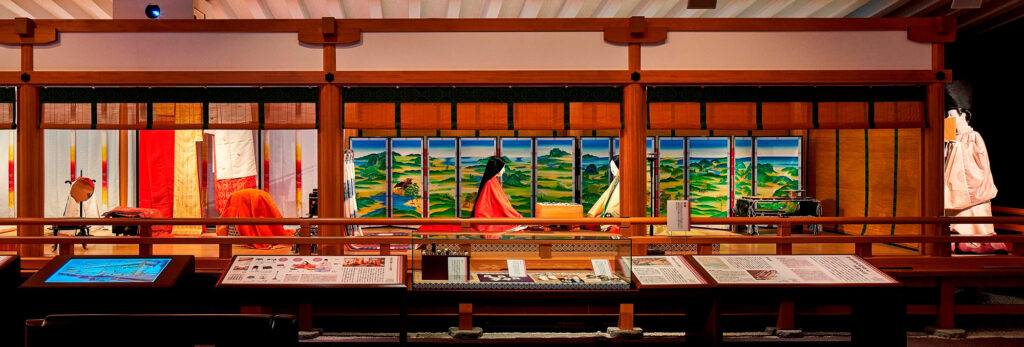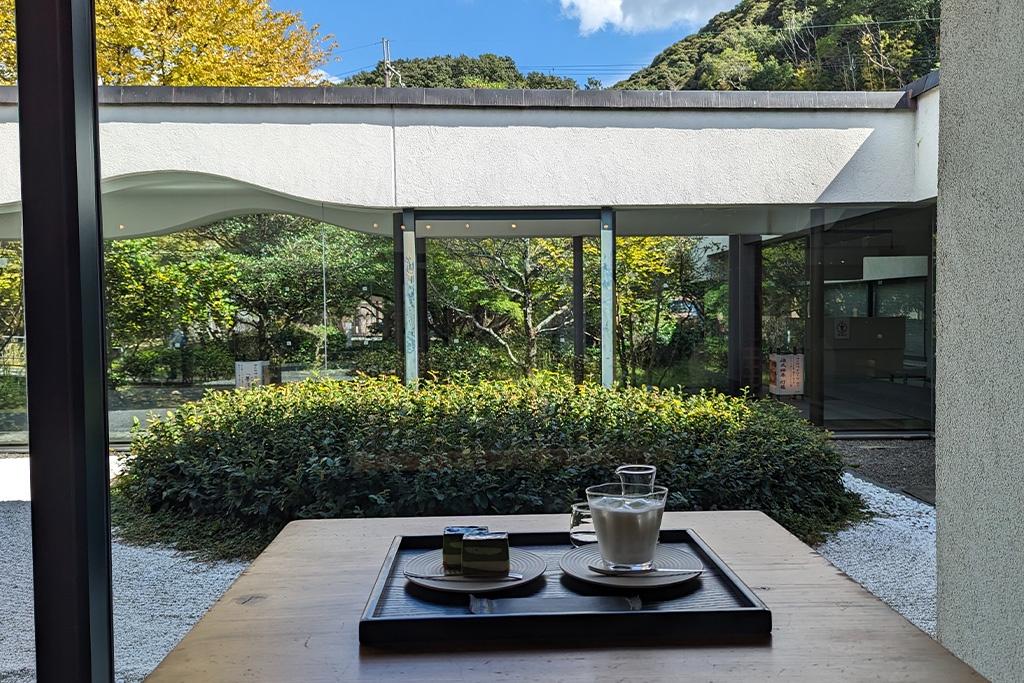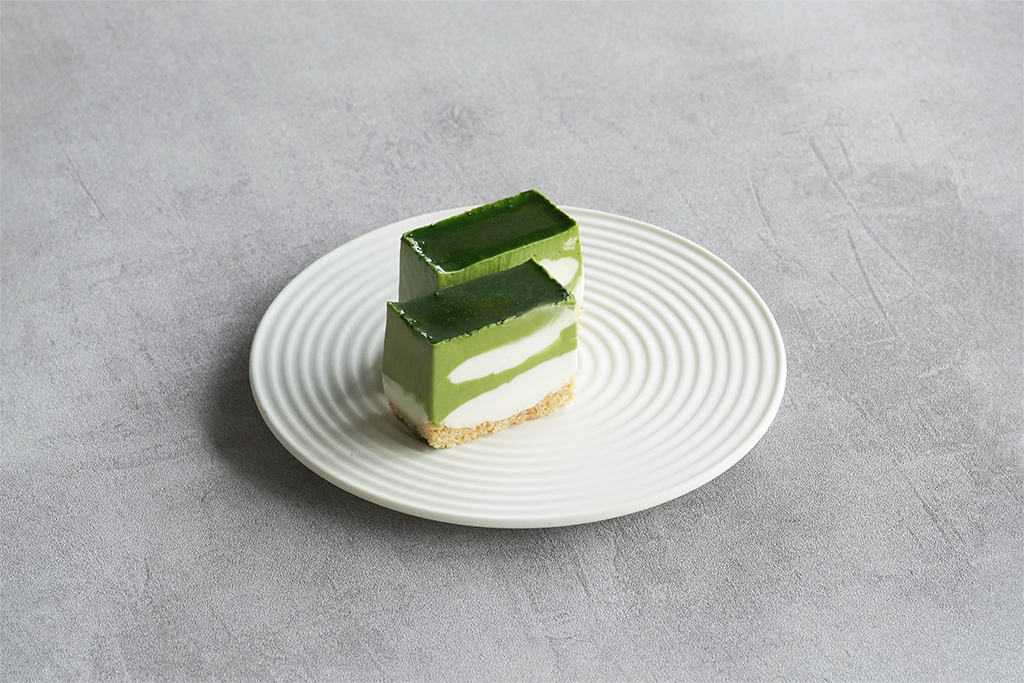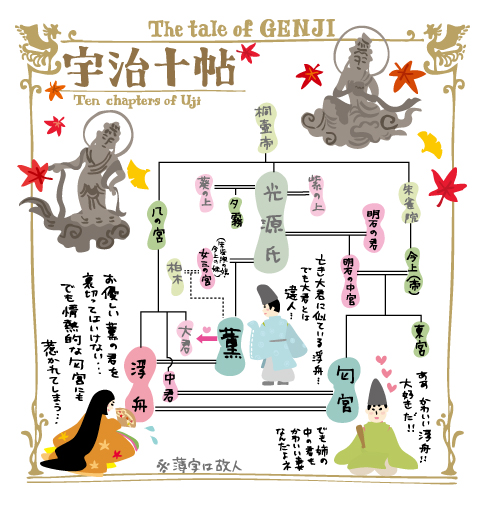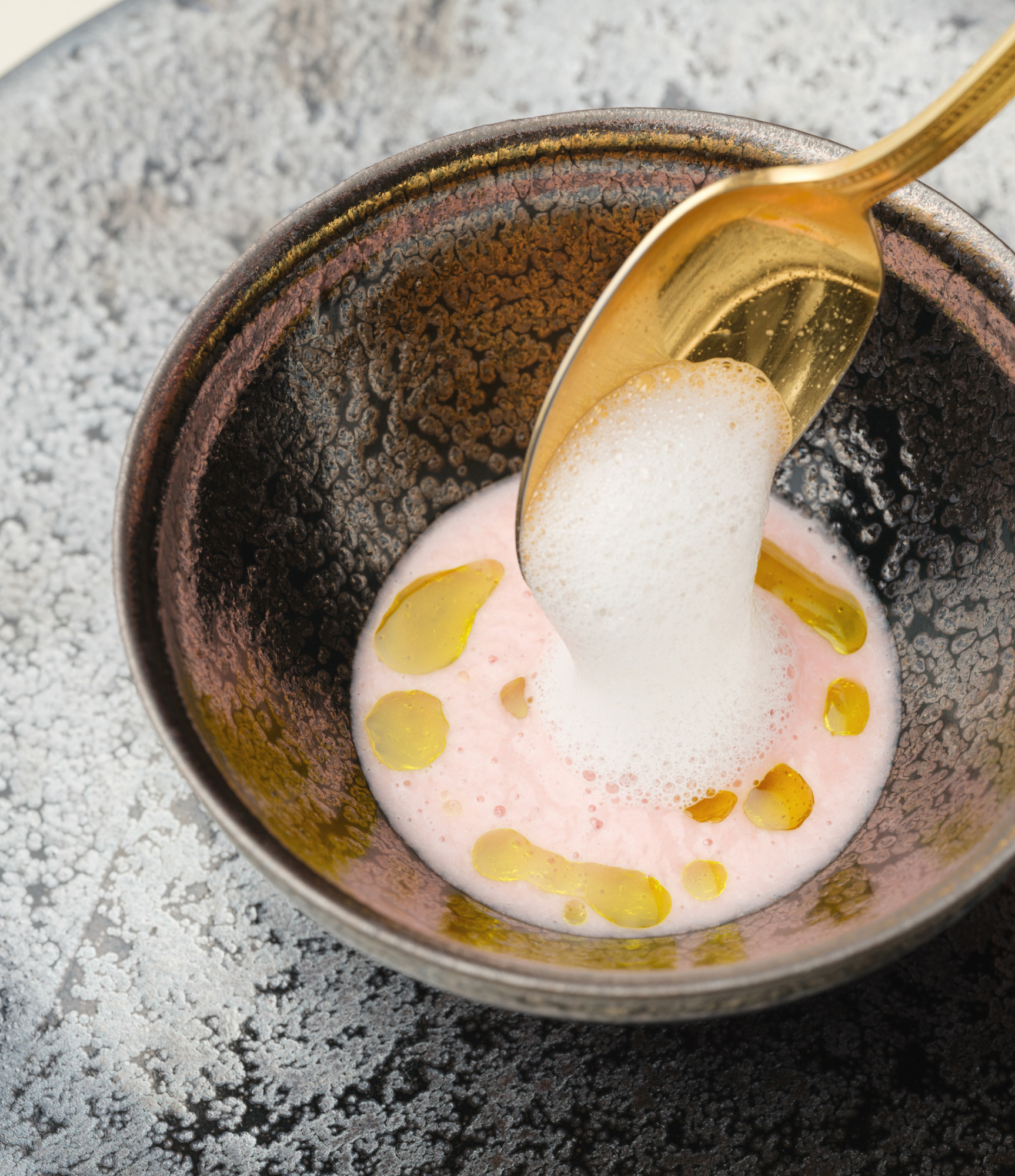
Visiting Uji, Kyoto: A Locale from The Tale of Genji
A journey starting from the RIHGA Royal Hotel Kyoto, RIHGA Gran Kyoto, or RIHGA Place Kyoto Shijo Karasuma
The 2024 NHK taiga drama Dear Radiance depicts the life of Murasaki Shikibu, the author of The Tale of Genji, a novel of love set in Kyoto. The last 10 of its 54 chapters mainly take place in Uji, and thus are called the “Uji Chapters.” This time, we will visit Uji with Minoru Inoue, author of a comic essay about Murasaki Shikibu, who will guide us with behind-the-scenes stories about The Tale of Genji.
Melancholy Uji: The Uji Chapters, the final section of The Tale of Genji
This time our theme is a journey through Uji exploring connections with the The Tale of Genji. You now know that The Tale of Genji is a novel written by Murasaki Shikibu, but you might wonder, “How is it related to Uji?” The protagonist of the novel, as you might know, is the handsome Prince Genji, but the story from chapter 42 (out of 54 chapters) takes place after Genji’s death. In particular, the final 10 chapters center on Kaoru, Genji’s son, and are set in Uji. These are called the “Uji Chapters.”
I mentioned Genji’s “son” Kaoru above, but that is just the official version. In reality, Kaoru was born from a secret affair between the Third Princess, the young wife Genji took in his later years, and Kashiwagi, a close friend of Genji’s eldest son Yugiri. Kaoru, who harbors doubts about his true parentage, is a beautiful young man with a somewhat world-weary and melancholic air. Moreover, he was born with a naturally wonderful fragrance, which is why he was called “Kaoru no Kimi” (Lord Fragrance). A sweet-smelling, handsome young man from the upper class with a mysterious dark side… Naturally, those around him could not leave him alone! However, the more he was fawned over, the more uneasy he felt, leading him to think, “If only I could escape from worldly concerns and enter the Buddhist priesthood…” Thus, the stage shifts to Uji…
Byodoin Temple: A testament in today’s world to the splendor of the Fujiwara Clan
Our first destination on this journey, the Phoenix Hall of Byodoin Temple, is an Amida-do Hall (temple hall containing an enshrined image of Amida Buddha) built by Fujiwara no Yorimichi, the eldest son of the powerful Heian period figure Fujiwara no Michinaga, to recreate the Western Paradise of Pure Land Buddhism in this sorrowful world. The season of autumn leaves is particularly spectacular, as the contrast between the red of the autumn leaves, the vermillion of the hall, the golden phoenixes gleaming on the main roof ridge, and the blue sky creates a beauty that transcends a thousand years and touches our hearts deeply.
Images provided by: Byodoin Temple
The photo on the left shows the Worshipping Bodhisattvas on Clouds statues at the Hoshokan Museum. The photo on the right shows the principal image of Phoenix Hall, the seated Amida Buddha statue (both are National Treasures).
At the Hoshokan Museum, visitors are first greeted by the Worshipping Bodhisattvas on Clouds statues, a National Treasure. These were originally hung on the walls inside Phoenix Hall, dancing and flying around the principal image of the seated Amida Buddha. Currently, half of them—26 statues—have been moved from Phoenix Hall to the Hoshokan Museum, allowing visitors to observe them more closely. The statues ride on clouds in different poses: some with hands pressed together in prayer, others dancing, and still others playing musical instruments such as drums, sho (a Japanese wind instrument), koto, and biwa. Originally, they were vividly painted with gold leaf accents, and must have been beautiful enough to rival the Pure Land paradise itself. Also, the original pair of Phoenix Images (National Treasure) that give Phoenix Hall its name are displayed in the Hoshokan Museum (the ones currently mounted on the main ridge are the second generation), where they can be viewed up close.
Incidentally, Byodoin Temple was originally the site of a villa belonging to Minamoto no Toru, Minister of the Left of Kawara—regarded as one of the models for Hikaru Genji. The Tale of Genji mentions the villa of Yugiri (Genji’s eldest son, Minister of the Right at the time) in Uji, and the fit is perfect in terms of location.
Crossing the Uji River and reflecting on a love story involving Ukifune
Photo provided by: Uji City
The Asagiri Bridge leads to Tachibana Island and Tachibana Bridge, continuing on to Uji Shrine, Ujigami Shrine, and Byodoin Temple. At the foot of the bridge stands the Uji Chapters Monument (photo on the right), depicting the famous scene where the heroine Ukifune and Prince Niou row out onto the Uji River in a small boat.
In the story, the residence of the Eighth Prince, who Kaoru visited seeking to escape from this sorrowful world, was said to be located across the Uji River on the opposite bank. The Eighth Prince was Genji’s half-brother, but due to political strife he had left the public stage. After that, he lived quietly in Uji, devoted to Buddhist practice, and was called a zokusho (lay priest—one who practices Buddhism without formally taking vows). Kaoru had come to Uji to seek Buddhist teachings from him, but when he caught glimpses of the Eighth Prince’s beautiful daughters, he became ensnared by love—the very epitome of worldly sorrows.
There are scenes in the novel of traveling by boat between the Eighth Prince’s residence and Yugiri’s villa, but modern visitors can cross from Byodoin via the Tachibana Bridge to the island, then continue across Asagiri Bridge to the opposite bank. At the foot of Asagiri Bridge are bronze statues of Ukifune and Prince Niou, characters from the Uji Chapters. Ukifune is the Eighth Prince’s third daughter, and Prince Niou is Genji’s grandson and Kaoru’s rival. The love battle between Kaoru and Prince Niou over Ukifune ends without resolution, but the statue features Prince Niou… even though Kaoru is the protagonist of the story. Poor Kaoru!
Photos provided by: Uji City
Uji Shrine has over 1,700 years of history. A rabbit omikuji(fortune slip) costs ¥500.
In the real world, Uji Shrine stands at the location where the Eighth Prince’s residence would have been in the story. They say it was originally one shrine together with Ujigami Shrine above it, and it enshrines Uji no Wakiiratsuko no Mikoto, a deity of learning, who is also the patron deity of Uji. There are omikuji fortune slips and protective charms shaped like the rabbit who is said to have guided Uji no Wakiiratsuko on the road. The rabbits looking back as they guide the way are absolutely adorable.
Must-see for Genji fans! Experience the world of Heian nobility
Photos provided by: Uji City The Tale of Genji Museum in Uji is beautiful with autumn foliage in the fall. On the right side of the photo, there is an oxcart on display, which can be called the aristocratic car.
Next, we head through a quiet residential area to the Tale of Genji Museum in Uji. Here, there are many exhibits to help you realistically imagine scenes from the world of The Tale of Genji: life-size recreations of the residence interiors and ox-drawn carriages of the nobility, a “glimpsing” experience corner, and a model of Genji’s grand mansion, the Rokujoin estate. When I asked curator Junji Tsubouchi, “How long would it take to travel from Kyoto to Uji in this ox-drawn carriage?” he gave me a surprising answer: “Probably about six hours.” In the story, there are many scenes where Kaoru and Prince Niou are frustrated because they cannot easily visit their loved ones, but if it took that much time, it is understandable. We modern people can get from Kyoto to Uji by JR in less than 20 minutes! Feel free to escape from daily life and casually venture into the world of the Uji Chapters.
At Unjo Saryo, you can enjoy delicious sweets and matcha tea while gazing at the garden from the window seats. The Matcha Cheesecake “Kumogakure” (¥880) features white yuzu mousse and matcha cheese mousse layered over crushed cookies and topped with a coating of rich matcha tea.
Do not forget to stop by Unjo Saryo, the Japanese tea café inside the museum. Here, you can enjoy visually beautiful Japanese sweets, Japanese tea sweets, and Japanese tea lattes while viewing the garden. As I savored the Matcha Cheesecake “Kumogakure,” I realized that “Kumogakure” (“Vanished into Clouds”) is the name of Chapter 41 of The Tale of Genji, which has no text and is said to hint at Hikaru Genji’s death. It is not just sweet and beautiful; it is slightly bittersweet—like the lives of Genji and Kaoru. It was a fitting conclusion to our journey, tasting the world of The Tale of Genji with both tongue and heart.
【DATA】
Byodoin Temple
116 Uji Renge, Uji City
TEL: 0774-21-2861
Uji Shrine
1 Uji Yamada, Uji City
TEL: 0774-21-3041
Tale of Genji Museum, Uji City
45-26, Uji Higashiuchi, Uji City
TEL: 0774-39-9300
Unjo Saryo
Inside the Tale of Genji Museum, Uji City
TEL: 0774-34-0466
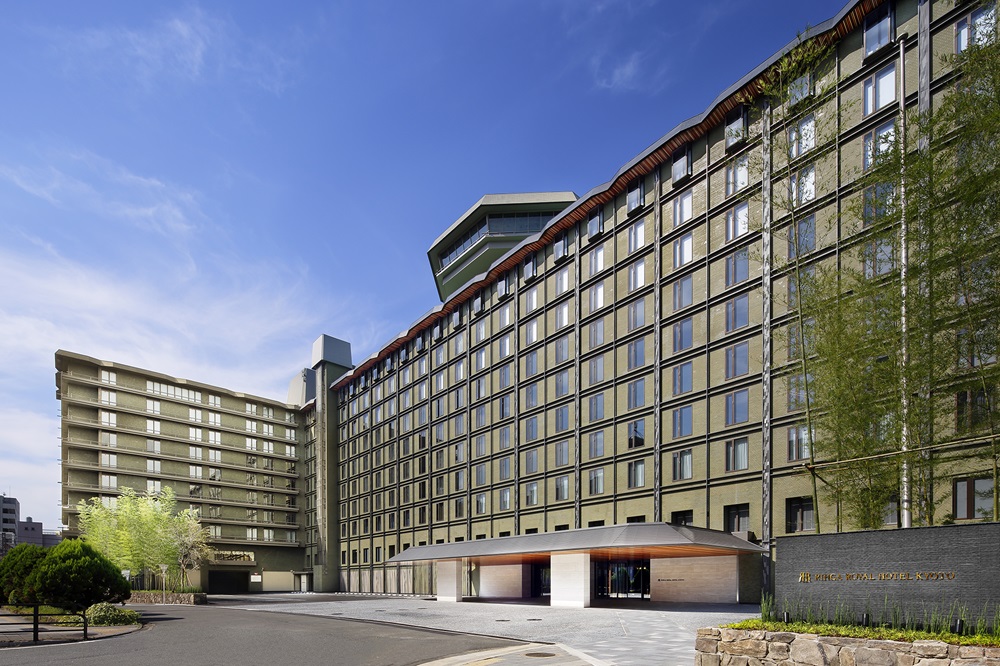
RIHGA Royal Hotel Kyoto
TEL +81(0) 75-341-1121
1-Taimatsu-cho, Shiokoji-sagaru, HigashiHorikawa-dori, Shimogyo-ku, Kyoto

RIHGA Gran Kyoto
TEL +81(0) 75-662-1121
1 Higashikujonishisannocho, Minami-ku, Kyoto
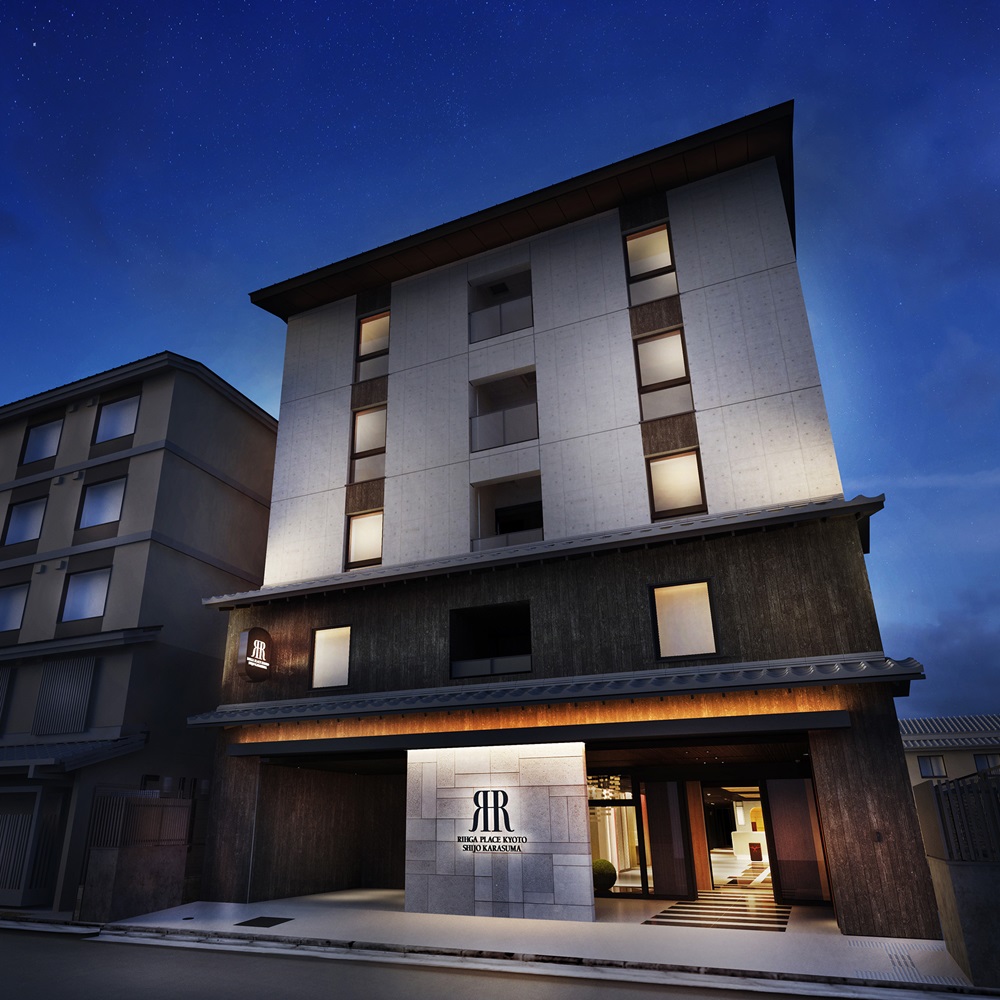
RIHGA Place Kyoto
Shijo Karasuma
TEL +81 (0)75-342-1121
551-Sanno-cho, Takatsuji-agaru, Muromachi-dori, Shimogyo-ku, Kyoto
Our Guide
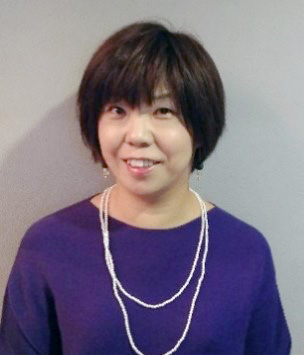
Inoue Minoru
Illustrator and manga artist. Based in Osaka City. Capitalizing on her life-long love of Japanese literature, she has published comic essays such as『What if Murasaki Shikibu Were an Office Lady at a Major Corporation? 』and 『What if Yukimura Sanada Were the President of a Small to Medium Enterprise? 』. Her latest work is『Children’s Illustrated Guide to Earth’s History and Amazing Fossils 』 (all published by Sogensha). She is well known for illustrating specialized and difficult topics in an interesting and easy-to-understand way. Brimming with curiosity, she is a mother of two daughters, and enjoys drinking.
*Unless otherwise noted, prices include tax and service charges.
*Opening Hours may be subject to change without notice.


